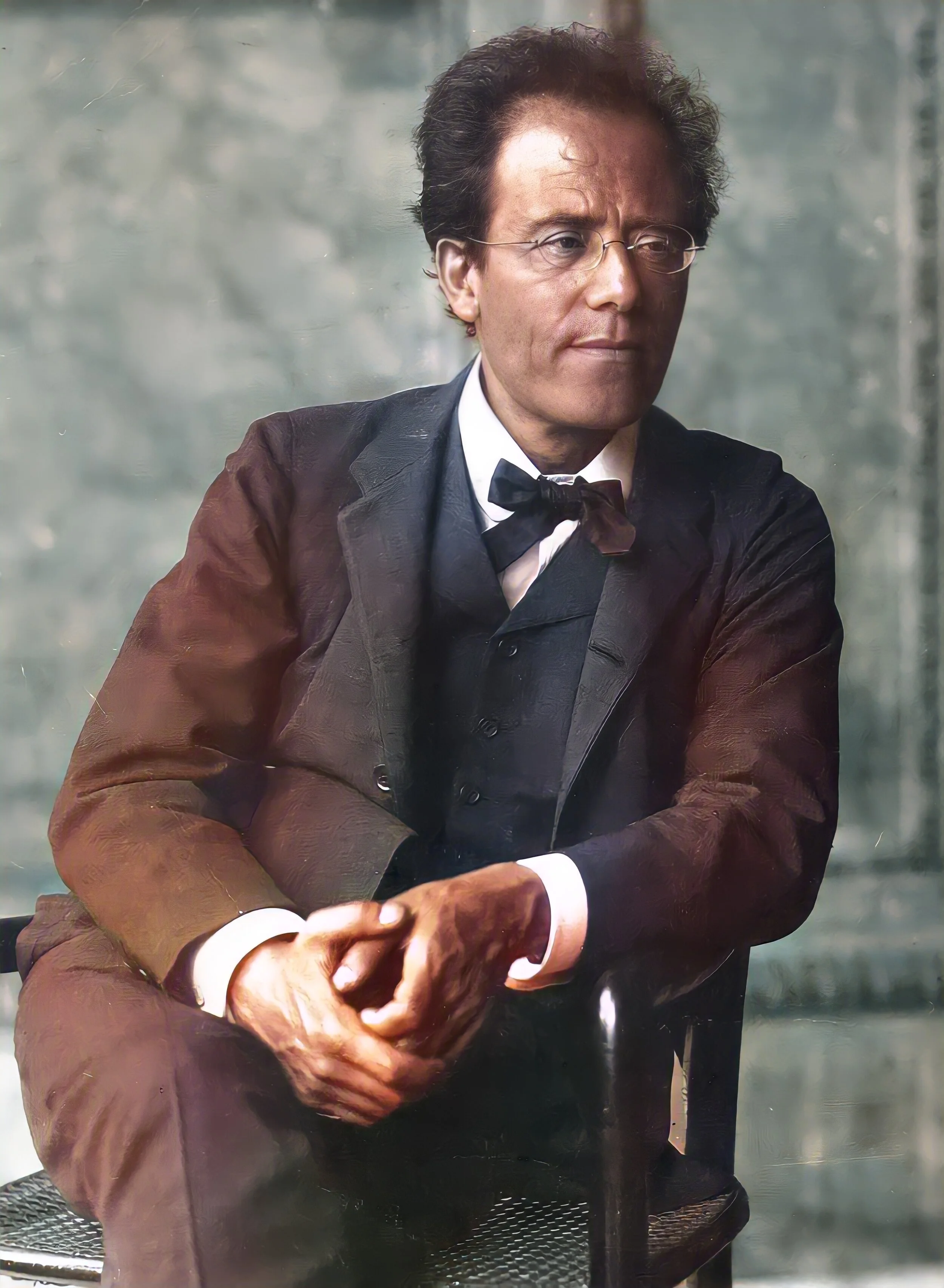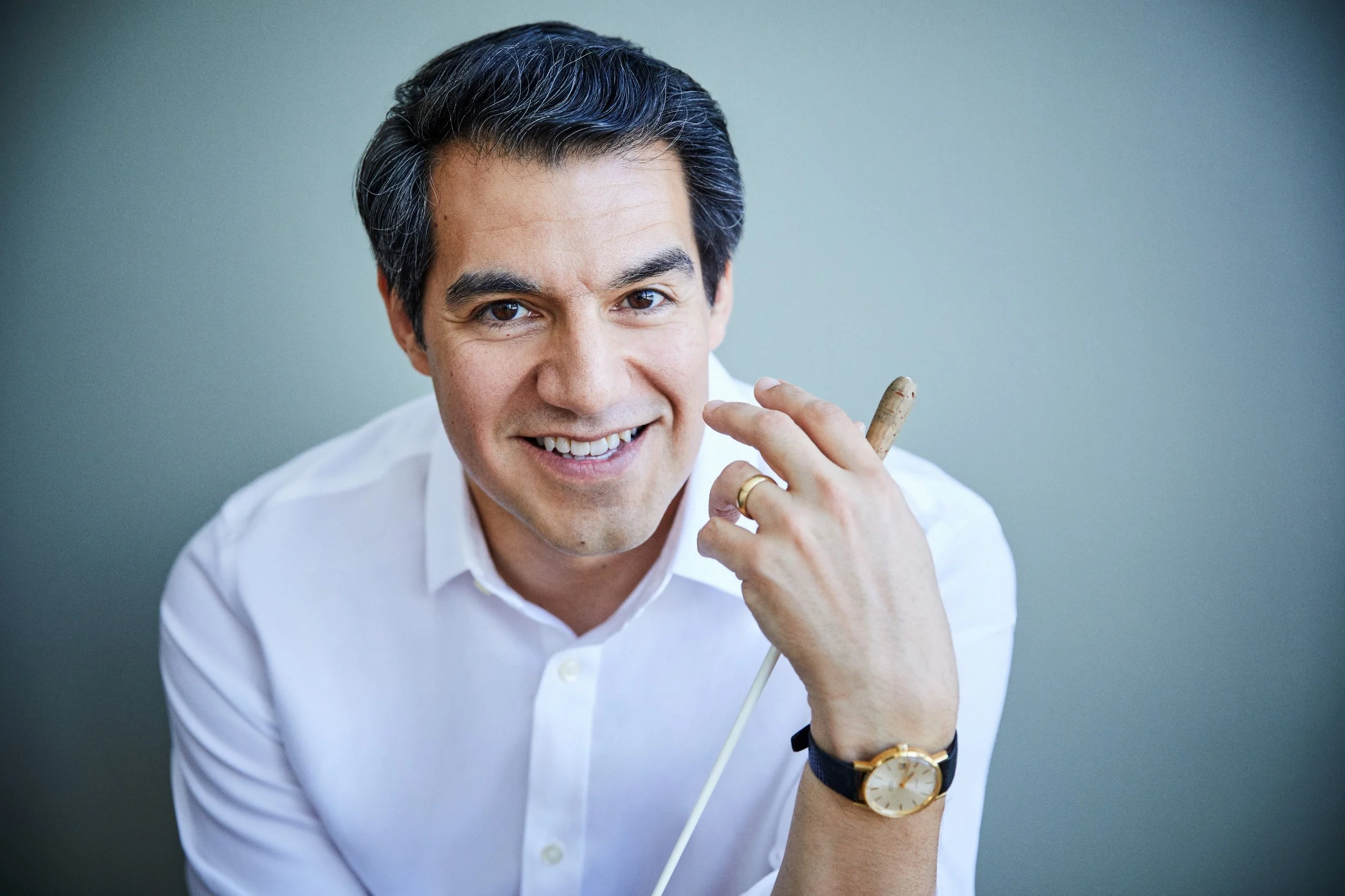NZSO and Mahler’s 4th Symphony: naïve yet profound
Composer Gustav Mahler (1860 - 1911)
I was excited by the prospect of hearing the NZSO playing Mahler in a year with a dearth of major symphonic works in their season. Over decades of listening to our national orchestra, the repertoire from the Romantic period of the late 19th century has provided many thrills. The big works of Richard Strauss, Anton Bruckner and Gustav Mahler, some of the greatest achievements of the classical canon, are one of the justifications for having (and funding) a large, 90-plus, symphony orchestra.
His Symphony No. 4 in G major, under an hour long, is not the biggest of Mahler’s symphonic works, nor the most often performed. Better known are his 2nd “Resurrection” Symphony and the 8th “Symphony of a Thousand”, both much longer and requiring more musicians. The 4th, however, is full of variety with a genial and engaging charm and this splendid NZSO performance emphasised these qualities in a spacious, relaxed and insightful performance under the experienced baton of Peruvian conductor Miguel Harth-Bedoya.
Conductor Miguel Harth-Bedoya
“…a spacious, relaxed and insightful performance.”
I was freshly struck by the appealing eccentricity of this symphony, its unashamedly child-like qualities and dreamy evocations of nature set against Mahler’s almost grotesque intimations of death. From the sunny, good-humoured playing of the 1st movement, with warm strings and bright extrovert woodwinds, Harth-Bedoya presented Mahler’s music on its own terms –Viennese, schmaltzy at times, its folky qualities, like the opening sleigh bells, deceptively suggesting simplicity.
Hiding behind the apparent naïvete is Mahler’s sophisticated and profound composition, exploiting the virtuosity of the whole orchestra. Better known in his lifetime as a conductor than composer, he was a master of using orchestration to create the moods he imagined. Mahler said of the first movement, for instance, “sometimes the atmosphere darkens and grows strangely terrifying. Not that the sky itself clouds over: it goes on shining with its everlasting blue. But we suddenly become afraid of it.”
NZSO called the concert “Heavenly”, referring to the song Mahler wrote nearly a decade earlier, which he used as the basis for his 4th and final movement, Das Himmlische Leben (This Heavenly Life). The movement is scored for orchestra with soprano soloist, ideally one, the composer said, “capable of singing with naïve child-like expression and with particularly good diction.” The clarity of Madeleine Pierard’s beautiful singing would no doubt have pleased him, and she combined this with her lovely creamy vocal quality in a very characterful performance. Pierard’s return to base her international career in New Zealand is cause for celebration in Aotearoa’s musical circles.
Soprano Madeleine Pierard
“…a lovely creamy vocal quality”.
Harth-Bedoya maintained his gentle, open approach to the 4th symphony through this ethereal final movement, allowing musicians and audience to revel in Mahler’s melodious counterpoint with its vivid harmonies. The ending wonderfully achieved the sense of peaceful and heavenly resolution the composer sought.
The programme began with a short work by American composer Gabriella Smith (b. 1991). In a brief introduction from the podium, Harth-Bedoya suggested her Tumblebird Contrails located us in the “earthly realm” before we ascended to Mahler’s heavenly heights. Smith says she hopes “to engage the audience in a dialogue about the on-going impact on our environment” through her music.
Like Mahler, she evoked nature with birdcalls and other effects; her evocative work, however, used very different building materials to Mahler’s flowing counterpoint. She drew great stripes of sound from the orchestra to create a static texture of sustained effects, layered to paint a snapshot of a moment in time. Her use of percussion was particularly imaginative and subtle, including unexpected effects such as requiring the timpanist to change the pitch while playing, or place a cymbal on the drumhead to modify timbre.
Disappointingly, NZSO’s “Heavenly” concert did not attract a good-sized audience. Performing arts organisations are currently having to work cleverly and hard to restore box office returns to pre-pandemic levels. The “blue skies and stairway to heaven” marketing image for the concert did little to tell a compelling story about the programme, the most attractive feature of which was surely the thrill of the extended and glorious orchestral writing of Mahler, played by the splendid musicians of our finest orchestra with one of our top singers.
NZSO marketing image
“…does little to tell a compelling story about the programme.”
Research tells us that classical music audiences are attracted first by repertoire and then by star performers. Some clapping between movements suggested a few first-timers had come, but it seemed many of NZSO’s core audience had stayed away. The empty rows of seats in the Michael Fowler Centre sadly didn’t contribute to the exciting sense of occasion which might lure new audience members back.
NZSO “Heavenly” Miguel Harth-Bedoya (conductor), Madeleine Pierard (soprano) music by Gabriella Smith and Gustav Mahler
Auckland, Tauranga, Wellington and Napier November 3-11, 2022




